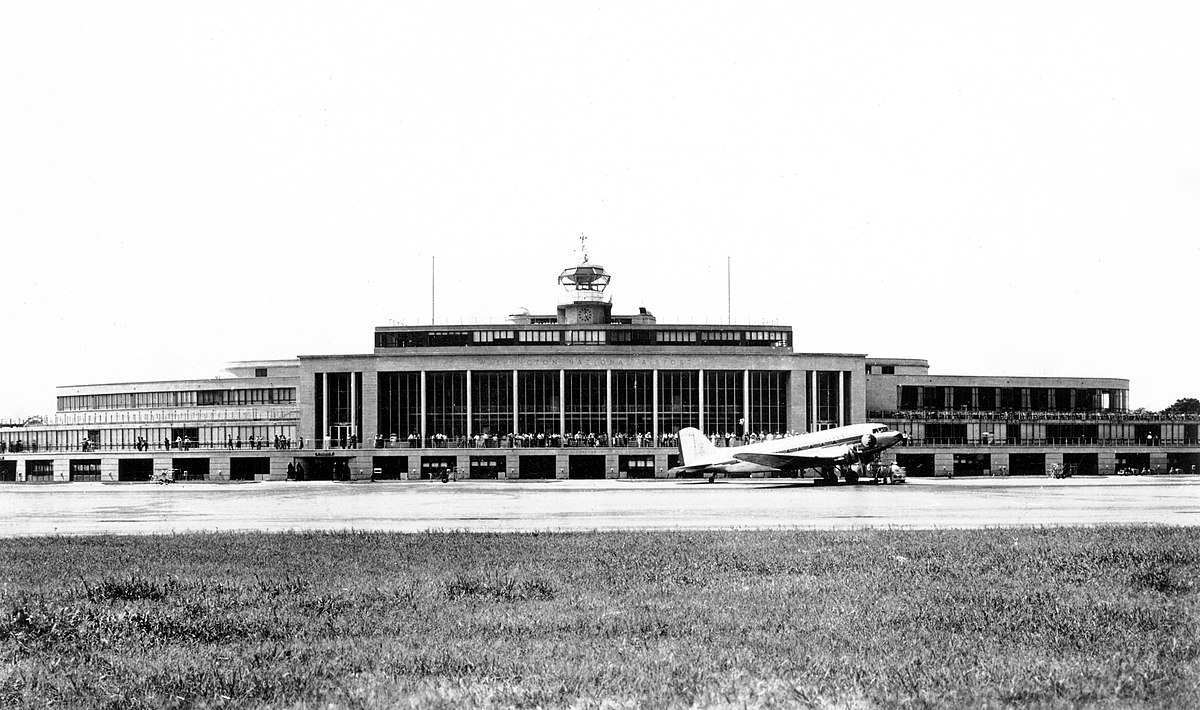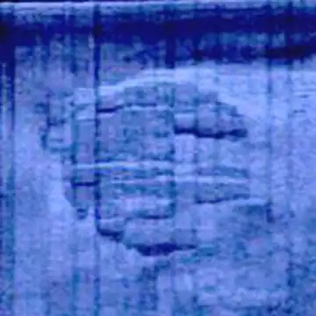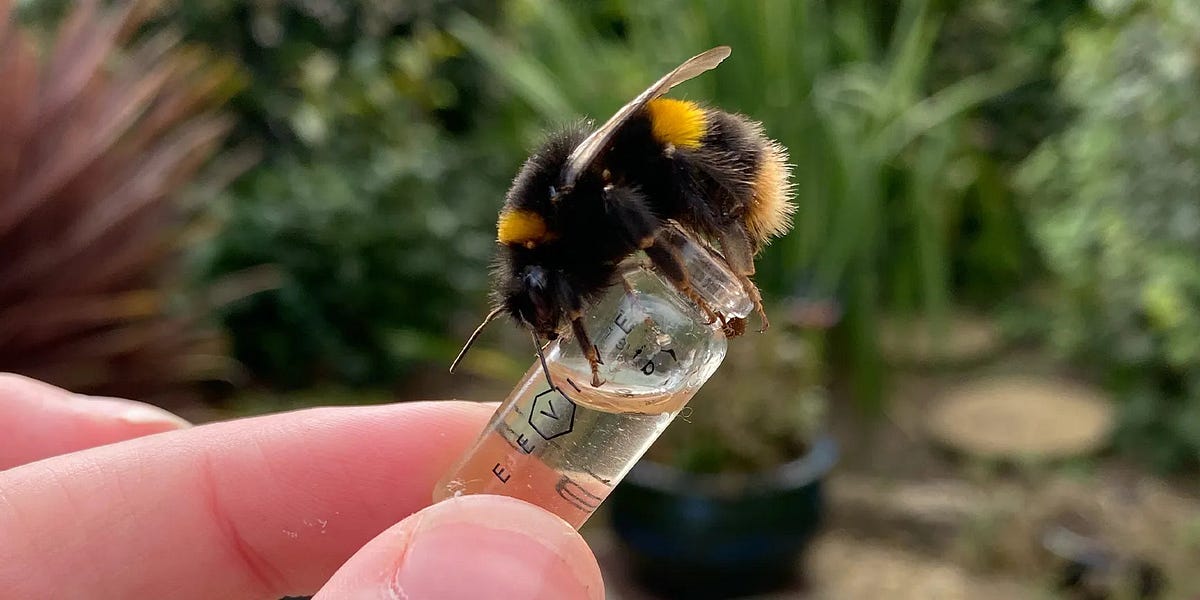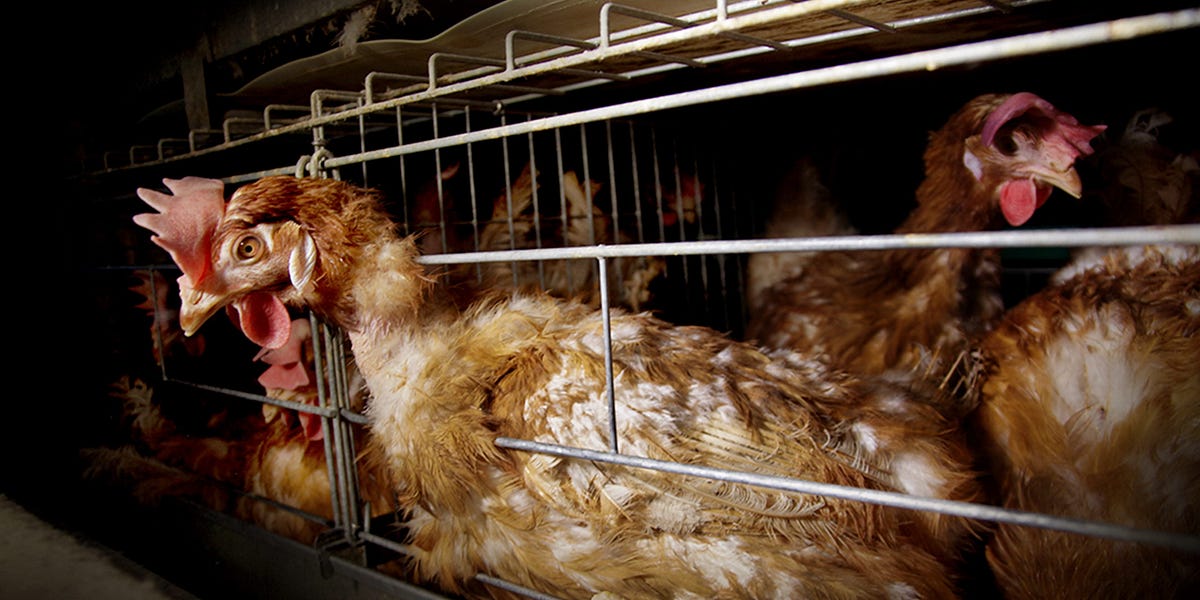
1952 Washington, D.C. UFO incident
From July 12 to 29, 1952, a series of unidentified flying object (UFO) sightings were reported in Washington, D.C., and later became known as the Washington flap, the Washington National Airport Sightings, or the Invasion of Washington.[ 1] The most publicized sightings took place on consecutive weekends, July 19–20 and July 26–27. UFO historian Curtis Peebles called the incident "the climax of the 1952 (UFO) flap"—"Never before or after did Project Blue Book and the Air Force undergo such a tidal wave of (UFO) reports."[ 2] this went on to become one of the most known UFO sightings ever.
The 1952 UFO flap was an unprecedented rash of media attention to unidentified flying object reports during the summer of 1952 that culminated with reports of sightings over Washington, D.C.[ 3] [ 4] [ 5] In the four years prior, the US Air Force had chronicled a total of 615 UFO reports; during the 1952 flap, they received over 717 new reports.[ 6] Project Blue Book director Edward J. Ruppelt later recalled: "During a six-month period in 1952... 148 of the nation's leading newspapers carried a total of over 16,000 items about flying saucers."[ 7]
On April 3, the Associated Press reported on an upcoming story in Life magazine that would reveal the Air Force was taking a serious interest in flying saucers.[ 9] The June edition of Look magazine featured a story where astrophysicist Donald Howard Menzel proposed flying saucers were optical mirages created by temperature inversions.[ 10] [ 11] American papers covered similar statements from French astronomer Ernest Esclangon who debunked the "flying saucer reports" by explaining they could not be supersonic craft because no sonic booms were reported.[ 12]








